FOOD AT HOME
In family homes, we found that food was experienced as both pleasurable and difficult, messy and pragmatic. Throughout our research we joined families at their dinner tables or in their lounge rooms. We heard about families eating food together, or separately at benches, in front of the TV, or in the car on the way to activities — including school. Families said they struggled with the challenges of paid work, commuting and after school activities. Busy schedules and numerous time demands thwarted their best intentions for food preparation and sharing nightly dinners.
Our research revealed the complicated relationship between family life, food and labour. Ethnicity, gender and cultural background shaped family food choices and practices. Mothers continued to shoulder the bulk of labour at home and responsibility for meals. As such, policy makers and schools asking families to make ‘healthier’ food choices by, for example, eating together and packing healthy lunch boxes, need to be mindful of the complexities that impact on family food choice. Sometimes the ‘healthy’ choice is not so easy to make and for many, nourishment extends beyond simple nutrition.
‘We had (a picnic) in the garden. It was a surprise for mama because she was really, really tired.’
– Tenille, 6 years old
PARENTS ON PREPARING LUNCH
Many factors influenced what parents packed for their children’s school lunch. We found parents made pragmatic choices about food. Parents and carers told us they were limited by factors such as time, money and children’s food preferences. Parents wanted autonomy over the care of their children, they knew their child’s taste and what they would eat. They definitely did not want their children to feel guilty about their food choices. Some parents reflected on the problematic way ‘fat’ is stigmatised in schools and how children may be bullied for their lunch box contents and food choices.
(UN) PACKING LUNCH BOXES
Lunchboxes were one of the most common items photographed by our participants. Whilst many might find themselves drawn to ‘judge’ what is in the different lunchboxes we want to consider lunchboxes as the material connection between children’s lives at home and at school.
Whilst it is easy to sit and look at the lunchboxes in isolation it is important to consider that lunchboxes are more than just containers for macro/micro nutrients or responsive to public health rules or school conditions on how children eat. Children and parents put time and effort when they can into the preparation of lunchboxes that are a concrete part of their lives and loves. Parents show love through lunchboxes providing surprises and treats. They take into account what they know their children will eat and try to follow the various rules - but it is challenging. Preparing 3 lunchboxes for kids with different needs/tastes/wants/ allergies/classroom rules is a specialist task only an expert family team can undertake.
FAMILIES ON DOING FOOD DIFFERENTLY
Hear from families discussing the many ways food is a part of their lives. When visiting family homes, we met children proud of the food they eat at home. Families told us about the importance of family dinners and the pleasure of sharing food with each other. We also explored food rituals in family life: cakes for birthdays, treats on special occasions. Parents are pragmatic about treats. These interviews present a range of perspectives on family dinners, sugar and celebratory food.
Robert, father of 3 Rachel, age 10 Regional Victoria. Lisa, mother of 3 Outer suburban Melbourne. Lila, mother of Rose, age 11 and Eva, age 6 Suburban Melbourne. Connie, mother of Nicholas, age 12, Annie, age 6, and Darby, 14 years Inner suburban Melbourne.
SHARE A MEAL WITH US
Families cook and eat a diversity of meals at home. Each of these meals was photographed by a child, a snapshot of their breakfasts, dinner and snacks.
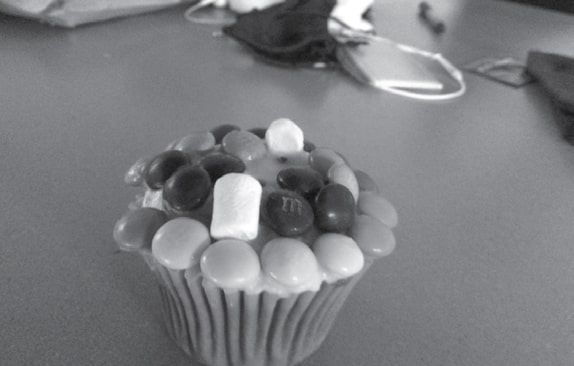
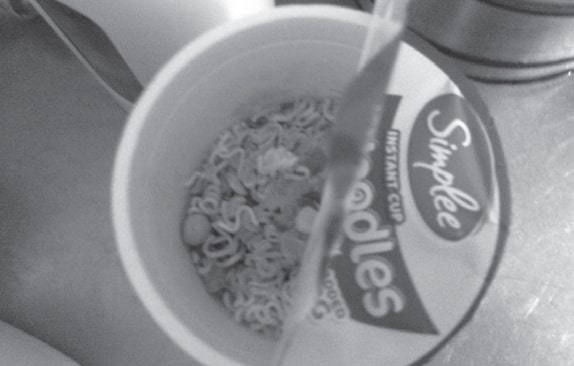
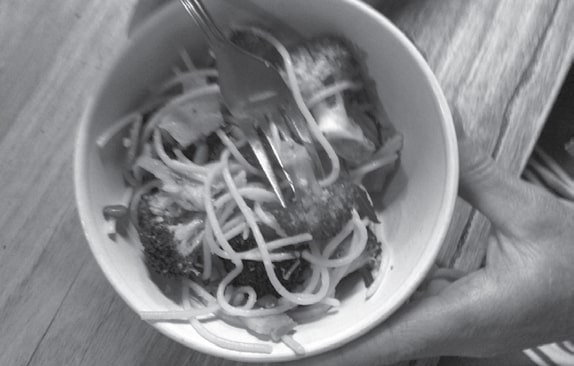
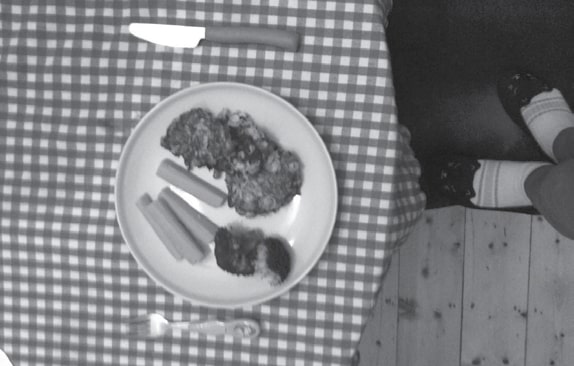

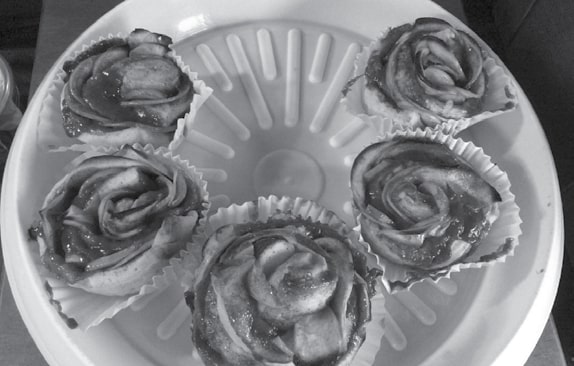
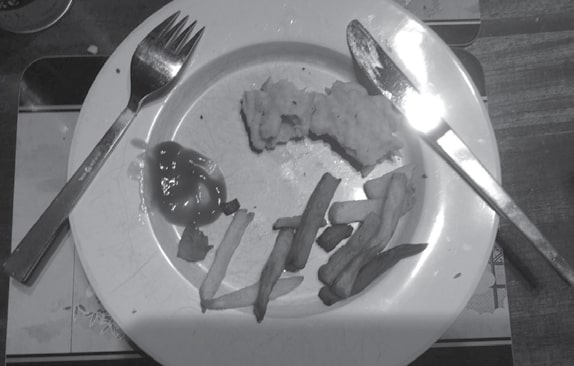
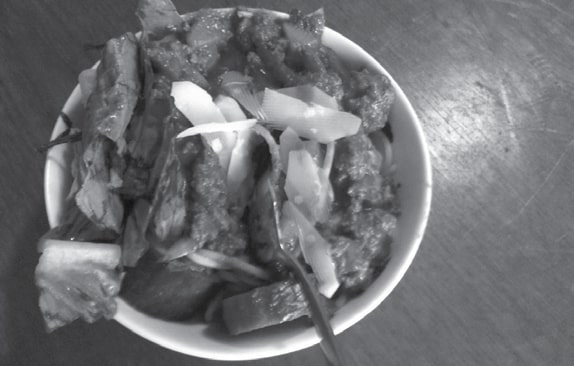
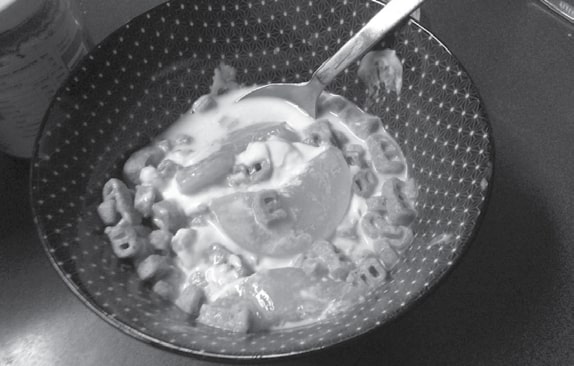
WHAT’S IN THE FRIDGE?
We asked children to take photos of any family food activity they wanted, in any format they chose. We were surprised that so many children returned iPads with photos or videos of fridges and cupboards. Children emphasised the contents of their family fridge or cupboard. These provide a window into the diverse, everyday food lives of the families we met. Access the full video.